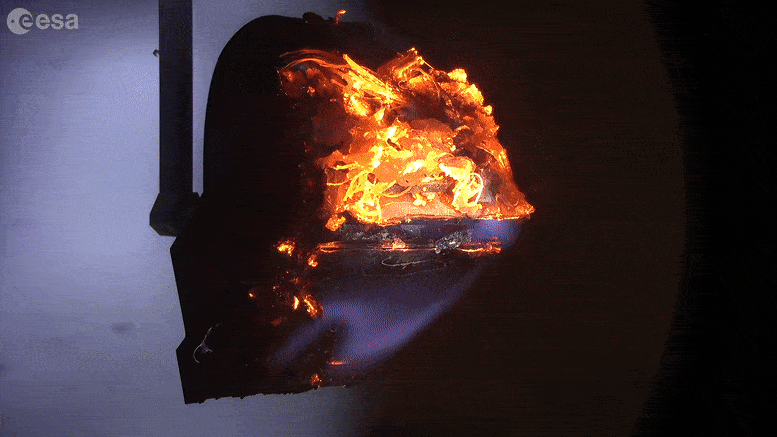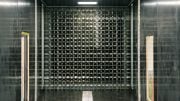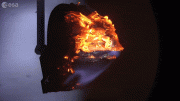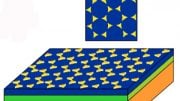What would a satellite look like as it burns up in the atmosphere? Researchers attempted to duplicate this fiery fate for a bulky satellite electronics box using a plasma wind tunnel.
Their goal was to better understand how satellites burn up during reentry, to minimize the risk of endangering anyone on the ground. Taking place as part of ESA’s Clean Space initiative, the testing occurred inside a plasma wind tunnel at the DLR German Aerospace Center’s site in Cologne.
The item seen here is a section of a satellite electronics box, measuring 300 x 200 x 150 mm (12 x 8 x 6 in) across – the full-sized box being too large to fit inside the 120 mm-diameter (4.7 in-diameter) plasma wind tunnel. This aluminum-made section of box also contained a backplane connected to four electronic cards made of glass fiber-reinforced plastic.
The testing investigated the box’s fragmentation behavior, including how the electronic cards were released from the housing, to verify the predictions of reentry simulation software. Other heavy satellite parts were also subjected to this ‘ablation’ testing, including a ball bearing unit, reaction wheel, magnetotorquer, flywheel unit, battery module, and battery cells.
In theory, reentering space hardware is vaporized entirely in the course of plunging through the atmosphere. In practice, some pieces can make it all the way down to Earth – some of them big enough to do serious damage.
Modern space debris regulations demand that such incidents should not happen. Uncontrolled reentries should have a less than 1 in 10 000 chance of injuring anyone on the ground.
As part of a larger effort called CleanSat, ESA is developing technologies and techniques to ensure future low-orbiting satellites are designed according to the concept of ‘D4D’ – Design for Demise.









Be the first to comment on "Stunning Time-Lapse of a Fiery Satellite Reentry Test"